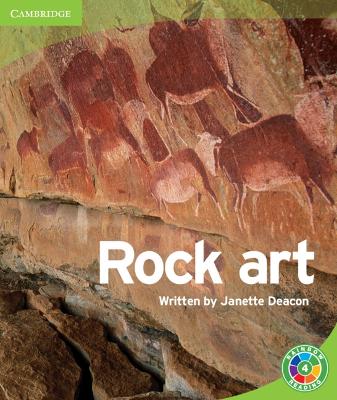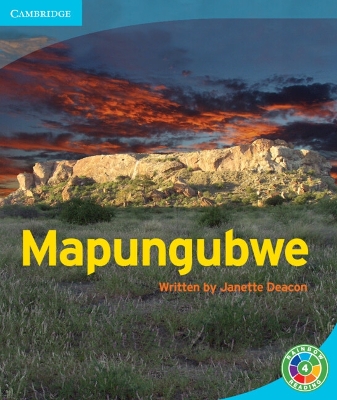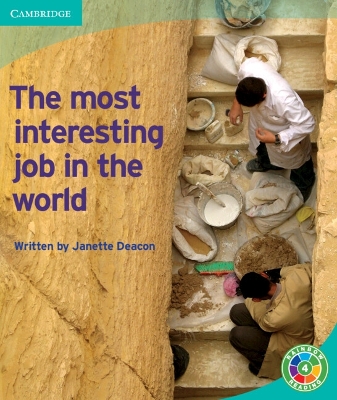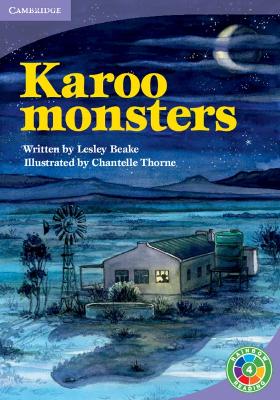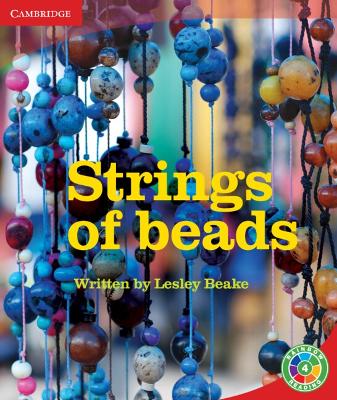Rainbow Reading Archeology
5 total works
This information book tells the reader about rock art, and southern African rock art in particular. It uses many clear photographs to show learners lots of examples of rock art, including paintings and engravings. The book tells the reader what rock art is, who made it, when it was made and how it is studied. It encourages readers to think about how to interpret the pictures and looks at how archaeologists have interpreted rock art.
This factual book tells the story of World Heritage Site, Mapungubwe, which is on the border between South Africa, Zimbabwe and Botswana. Archaeologists have found many artefacts at this site that are evidence of how people lived there between 900 and 1300 years ago. Maps show the location and photographs show the different kinds of artefacts found there, including gold jewellery, iron arrows and pottery bowls. Today, Mapungubwe is a National Park. People can visit the museum to explore life long ago.
Readers are lured by the title of this book to find out more about being an archaeologist. The book uses an interview box containing questions and answers to explore what archaeologists do. The archaeologist answering the questions works in South Africa, focusing on the Later Stone Age and the lives of the San people. She takes the reader on a short journey in the life of an archaeologist.
The reader meets Jono, a boy staying with his grandmother at her Karoo farmhouse. The story flashes back to a walk they took together in the Karoo. She tells him how the world is always changing over time. She shows him a dinosaur fossil and explains how fossils were formed. Jono is surprised at how long ago dinosaurs lived.
Strings of beads presents the history of beads from their earliest beginnings to their use in South Africa today. It explains what beads are used for and how to make ostrich beads. The reader is taken on a historical journey to southern African sites where archaeologists have found very old beads. It also tells about beads from ancient Egypt. The book ends with a look at beads today and how they create work for South Africans.
